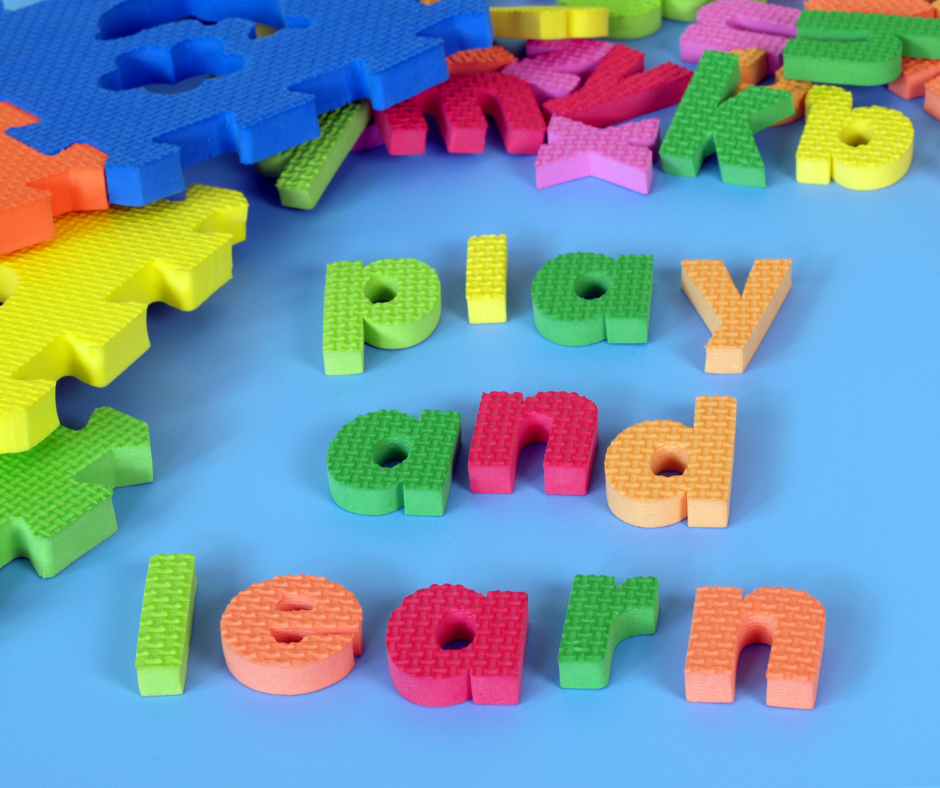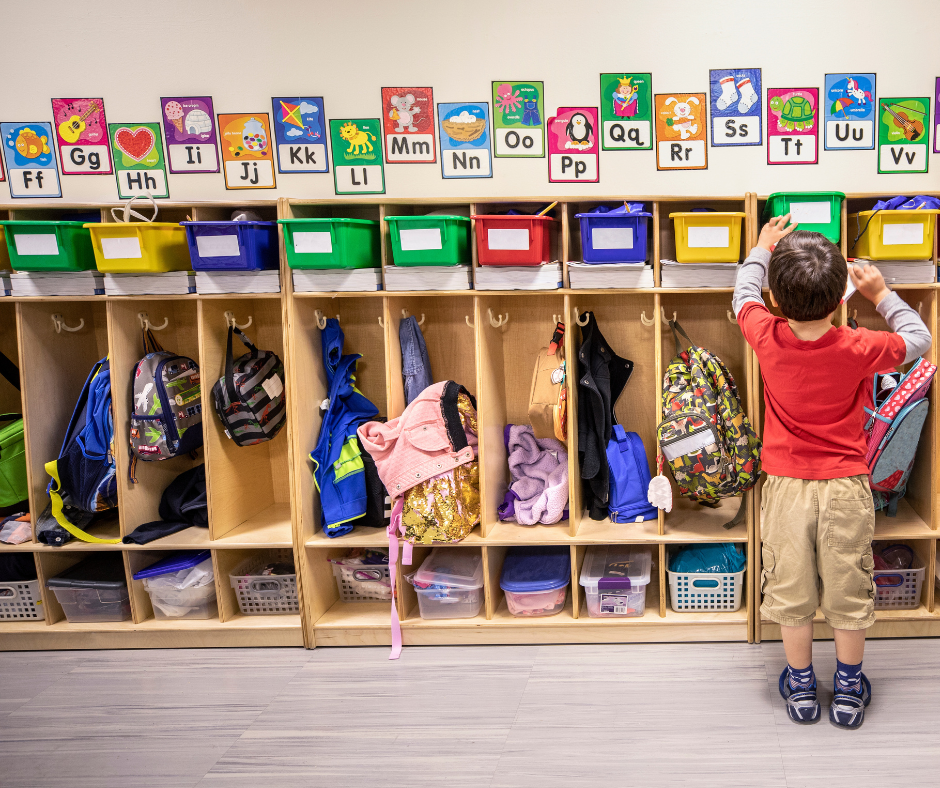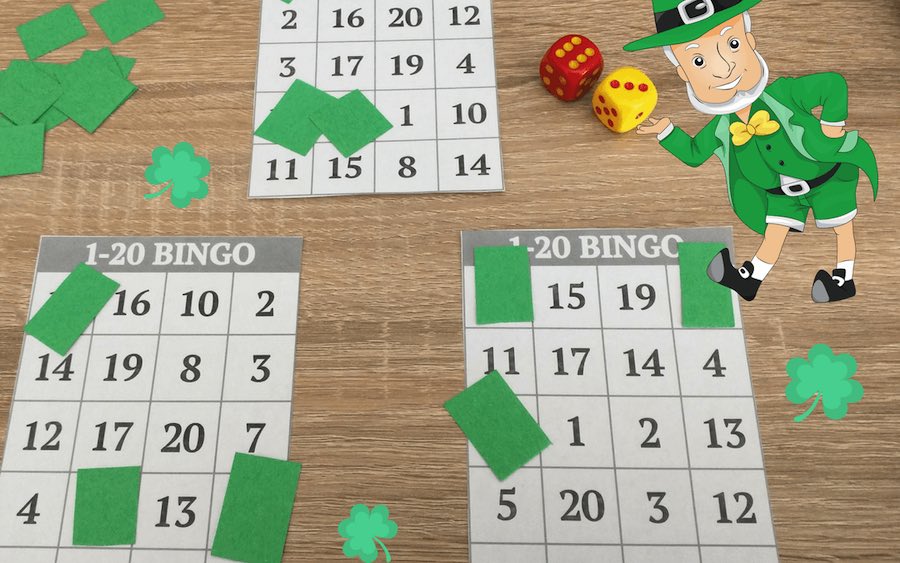
Active Play and Movement in Early Childhood Classrooms
At Walkabouts, we understand the importance of physical activity and movement for children of all ages. While play time may seem as though it’s just for fun, children learn best through play. Active play helps children move their bodies in a variety of ways. When children participate in active play and movement, both their bodies and minds are engaged. During active play, children switch on their curiosity while exploring and discovering new things, thereby enriching their learning.
Play can also help children stay physically active throughout the day. Regular physical activity helps to support healthy bodies and minds for people of all ages. The CDC recommends that children are physically active for at least 60 minutes each day. While organized sports and recreational activities outside of school provide physical activity opportunities for some children, all children will benefit from both structured and unstructured active play and movement during the school day.
Within a typical school day, teachers cover a variety of academic content. Fitting in time for regular, active play may not seem achievable. However, there are active play pedagogical approaches that align with learning goals. Teachers can support active play by creating classroom environments that support movement.
Benefits of active play and movement include development of the following skills:
- Collaboration
- Communication
- Compromise
- Creativity
- Critical thinking
- Decision making
- Flexibility
- Impulse control
- Interpersonal
- Motor control
- Organization
- Problem solving
At school, active play and movement are possible through both structured and unstructured opportunities. While both are beneficial, it is important to find a balance between the two. Supporting structured play opportunities allows students to try new things. Unstructured play opportunities allow students to creatively explore, taking time to notice the world around them. Opportunities for movement increase when children are exposed to different environments within both indoor and outdoor spaces.
Here are some ideas to engage students in active play and movement — both indoors and outdoors.
OUTDOORS
RECESS ACTIVITIES AND GAMES
Traditional outdoor active play opportunities align well with recess.
- Unstructured playground adventures may include balancing, climbing, sliding, and swinging on playground equipment.
- Organized games and activities may include hopscotch; jump rope; kickball; red light, green light; soccer; tag; and duck, duck, goose.
SCIENCE AND MATH ACTIVITIES
Tie outdoor explorations of the natural world to science and math concepts.
- Explorations may include nature walks, nature scavenger hunts, counting and tallying objects and animals/insects, weather observations and tracking, and seasonal observations and tracking.
OBSTACLE COURSE DESIGN
An outdoor obstacle course allows children to plan and design movements, use their communication skills to explain and model movements, and move their bodies!
- Have students work in pairs or small groups to design an obstacle course on the playground. Encourage students to move their bodies in different ways as they move from one challenge to the next. If needed, provide examples such as skipping in between the swings and the jungle gym or doing 10 jumping jacks after sliding down the slide. Have pairs/groups model and explain the obstacle course for their classmates before others complete it.
INDOORS
ACTIVE PLAY IN THE CLASSROOM
Traditional indoor activities can align with the curriculum and classroom themes and can incorporate counting, tallying, reading, 2D and 3D shapes, community helpers, and more!
- Role-Play Scenarios: Encourage students to actively role-play scenarios with optional accessories (such as community helpers/careers dress-up clothes and tools) or items (such as play money or play food).
- Building Activities: Organized indoor activities can include collaborative building opportunities with cardboard and wooden blocks, plastic brick blocks, magnetic tiles, or play dough.
- Interactive Games: Interactive games can include musical chairs, parachute popcorn, and Simon Says.
CLASSIFICATION ACTIVITIES
Have children work in pairs or small groups to gather objects from around the classroom and organize them in different ways. Classroom items could include appropriate supplies, toys, learning aides, books, etc., that are all freely available. For example, students might gather the same number, quantity, or type of several items including items with the same colors or pattern, items with similar shapes or sizes, items with names beginning with a certain letter sound, etc. Make sure students return the items to their original spots at the end of the activity.
Active play can reinforce important curriculum topics while also making learning meaningful and socially interactive. Children practice working with others while learning how to get along. They work on communication skills as they collaborate. Students build confidence and become more willing to take risks through exploration. They exercise their creativity as innovators with unique and original thoughts. Children are learners who exercise their choice and voice through active play.
Get children of all ages engaged in active movement with Walkabouts! Walkabouts are on-demand adventures that transform any space into a movement-rich environment where students engage in physical activity while they learn. The active lessons integrate kinesthetic techniques with classroom fundamentals. Ready to try Walkabouts? Sign up for a 30-day trial run today!





